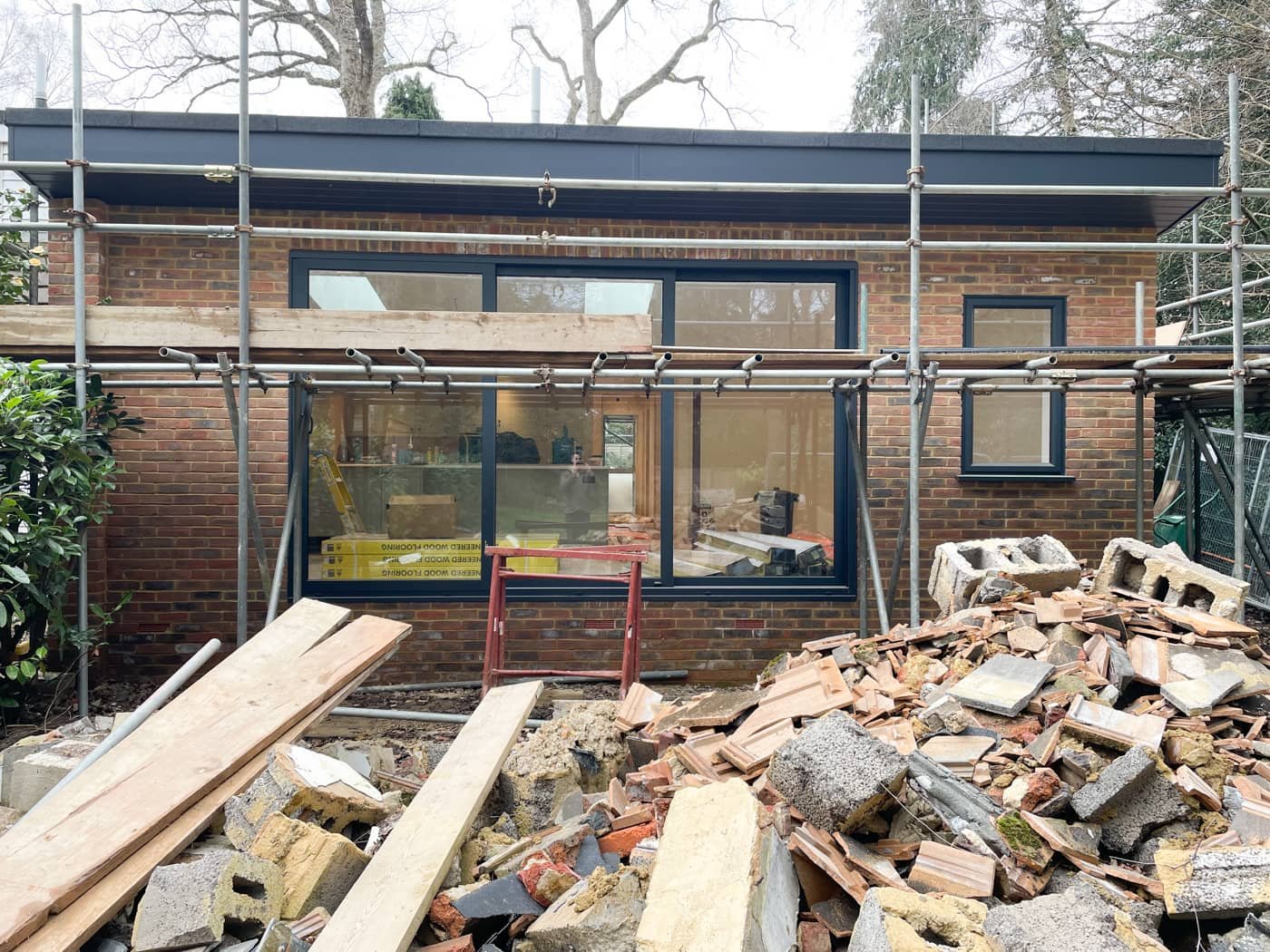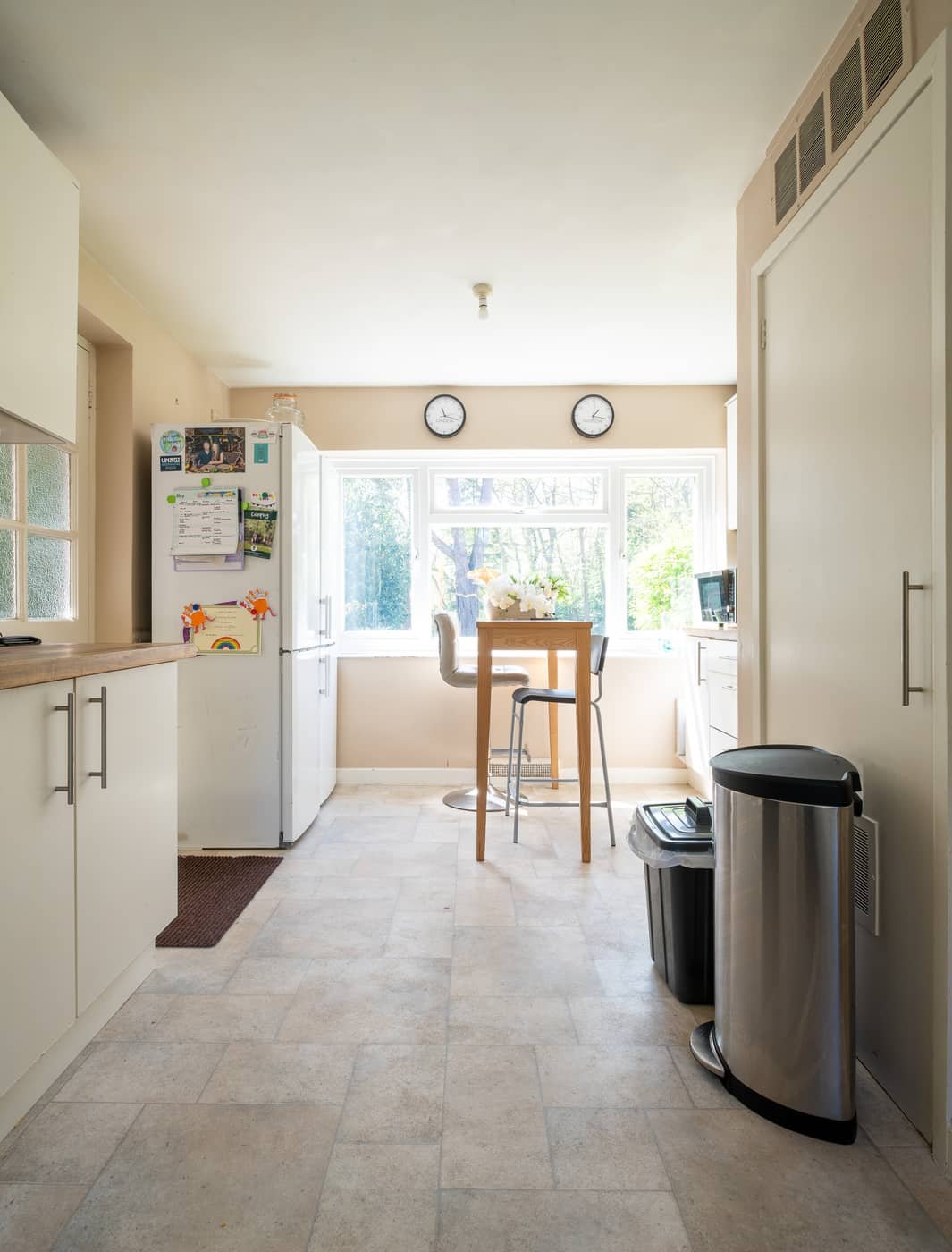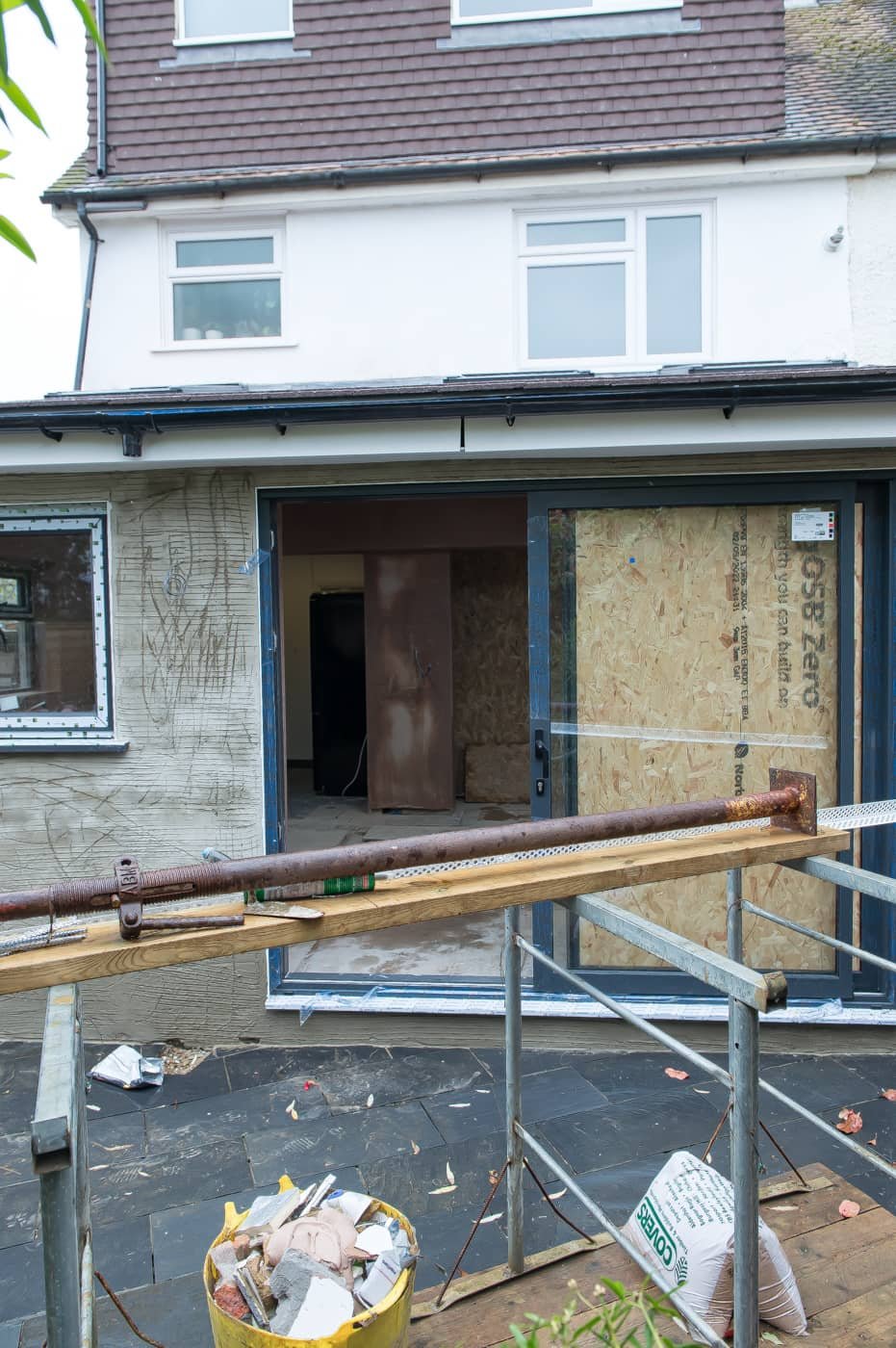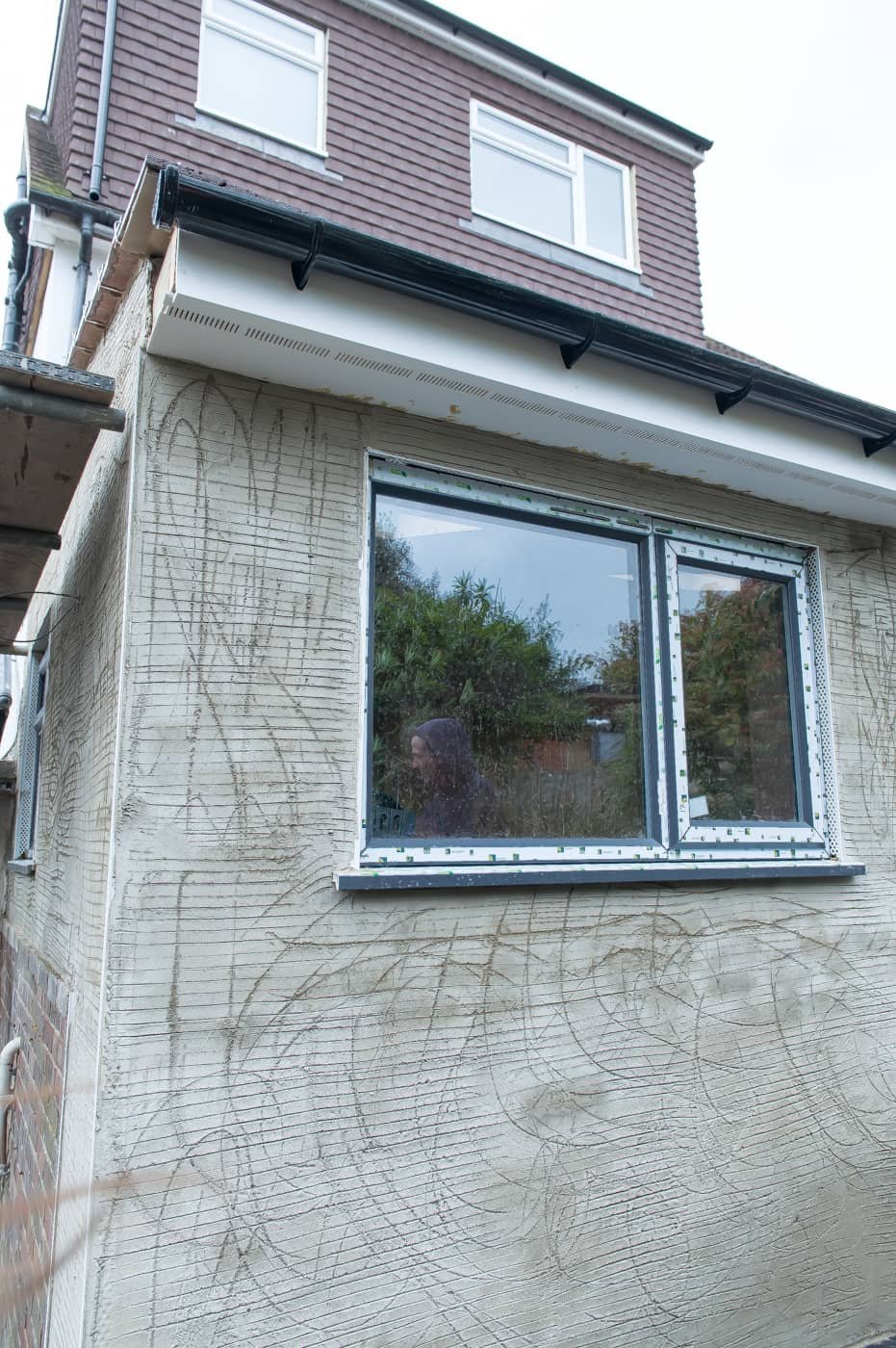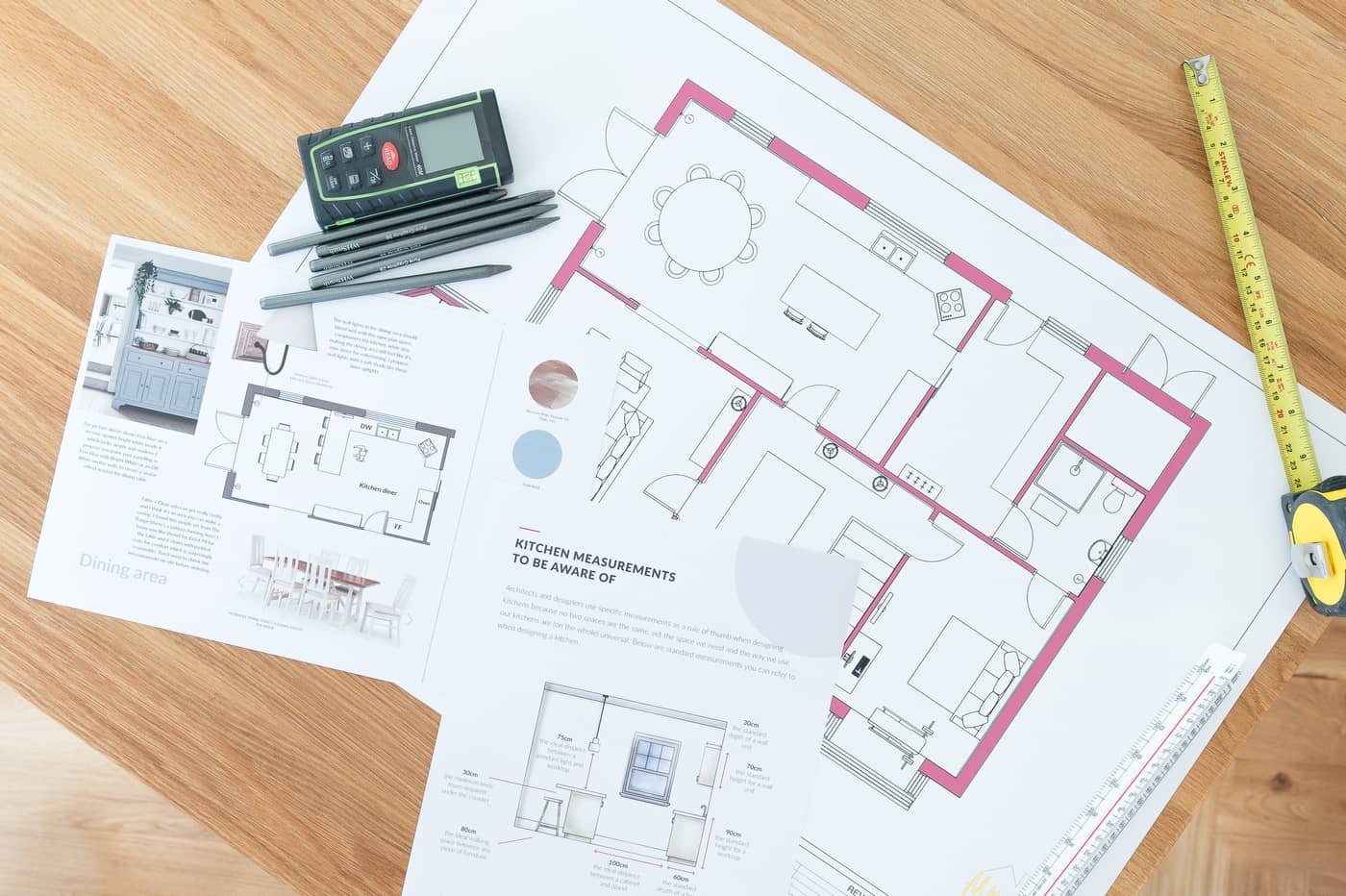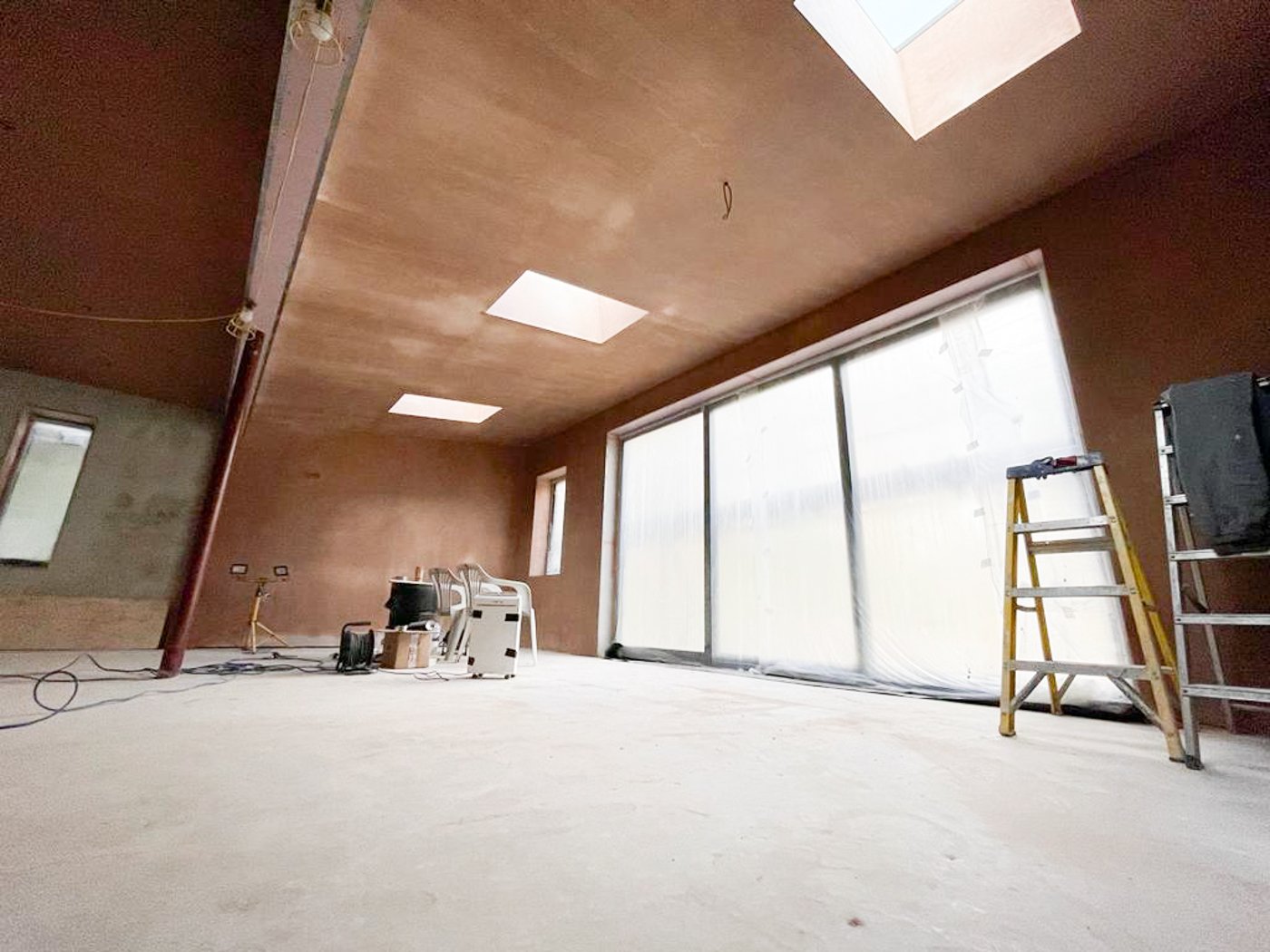Do I Need Planning Permission For An Extension?
One of our Reno club members’ kitchen extension in progress - not long to go! Image credit: sara & James.
I thought extensions like this only ever existed on Grand Designs, not my friend’s house!
Sipping a steaming mug of tea while enjoying their beautiful new lantern-roofed extension, I couldn’t help but feel a little - I’ll whisper it - jealous.
It would be lovely to slot a similar extension onto my house. A light-filled oasis, a sanctuary of sunbeams, a place where I can uncork a bottle and let the world lazily pirouette by.
But then, reality bites like a particularly ravenous Yeti. Extensions always come packing big, smelly loads of baggage in the form of planning permission. I've heard whispers at dinner parties about neighbours whose extension dreams were strangled by red tape. Couples who spent months battling the council’s hordes, only to fall on the bureaucratic bastion and abandon their plans in despair. Is an extension, when you’ve got so much putrid planning permission to wade through, even worth it?
Well, I'm here to tell you that it absolutely is!
Planning permission doesn't have to be the big, scary monster it's made out to be. With a little knowledge, some savvy advice, and a sprinkle of patience, you can slay the planning permission monster and bring your dream extension to life.
In this article, together, we’ll forge a sword of knowledge to beat back the beast. I’ll debunk common misconceptions, unearth tips and tricks, and guide you step-by-step through the extension planning permission process.
So, grab a cuppa, put your feet up, and let's embark on this adventure together!
reno club members deb and william decided to add a huge picture window onto one side of their extension. Image credit: deb @deb_at_no27
What is ‘permitted development’?
If you are able to build your extension project without planning permission, chances are you will be making use of what’s called ‘permitted development rights’.
Permitted development allows property owners to carry out certain works without the need for planning permission. These normally cover the following:
Non-conservation areas and non-listed buildings.
Regular building and housing stock in the UK.
Will allow rear and side building extensions under certain rules.
Can cover other works, such as changing the use of your building and more.
Always research whether or not your property has permitted development rights before proceeding.
What will your new extension be used for? A new kitchen or a new office? The list is endless! Image credit: Reno club member Anna griffiths.
How big can my extension be without planning permission?
According to the permitted development rules, you should be able to build your extension according to the following:
Rear extension - a maximum of 4 metres in depth from the rear wall of the building, 4 metres tall and the full width of the building.
Side extension - a maximum of 4 metres or half the width of the property from the side wall in depth, 4 metres tall and the length of the building.
Dormer extension - maximum of 40 cubic metres of additional roof space, 50 for detached and semi-detached houses.
In most cases, you’ll need to use similar materials that match the ones used on the existing building.
What is an Article 4 Direction?
An Article 4 Direction is used by local councils to remove permitted development rights from properties in certain locations. This is normally in the interest of the character, scale, or history of a certain location.
Areas that often have Article 4 Directions in place include:
Green Belt and Metropolitan Green Belt sites.
Historical sites and conservation areas.
Dense urban sites.
Areas of Outstanding Natural Beauty.
If you are in an area such as this, don’t worry. Article 4 Directions normally mean a simple planning application must be run passed the local council.
Extensions are made from many different materials. So check if there are any specific requirements you need to take note of before starting your project. Image credit: Reno club members Jen & Stu @bland.to.grand
I live in a conservation area. Do I need planning permission for an extension?
While there may be some exceptions, conservation areas are normally much stricter about what size and appearance your extension can have.
If you are considering extending your property, but live in a conservation area, consider the following points when seeking planning permission for an extension:
Prior approval is required - even if you have permitted development rights, prior approval is still recommended.
Try to use matching materials and styles - include key characteristics of the conservation area within your extension’s design.
A bit of extra space in the form of a new kitchen extension! Image credit: Reno club members Jen & Stu @bland.to.grand
I live in a listed building. Do I need planning permission for an extension?
If your extension project involves a listed building, you will need to obtain planning permission before you can carry out any work.
It can be difficult to get planning permission when you live in a listed building, but you can improve your chances of getting approved by doing the following:
Making sure the extension doesn’t negatively impact the existing building.
Only remove non-original features as part of the extension project.
Seek pre-application advice and speak to a heritage consultant.
research as much as you can, then start planning!
I live in a Green Belt zone. Do I need planning permission for an extension?
If you live in a Green Belt zone, you will need planning permission for an extension. Extensions in Green Belt zones normally follow a strict ‘proportional increase’ guideline that is related to your existing building.
It’s a great idea to seek pre-application advice when doing building work in a Green Belt zone.
Let’s take a peek inside a brand new kitchen extension!! Image credit: reno club members sara & JAmes.
Is permitted development worth it?
Needing or not needing planning permission sounds fantastic, but in a lot of ways, it doesn’t save that much time or money.
Even if you don’t need planning permission for your extension, you will still need the following:
Design and technical drawings.
Building regulation compliance.
A structural engineer’s drawings and calculations.
In most cases, prior approval is recommended, which is roughly the same price and takes approximately the same amount of time to complete.
Don’t be afraid of the planning process
Don’t let extension planning permission be a roadblock between you and your dream house extension. If you’ve got worries about your extension plans, seek professional advice.
We’re passionate about helping first-time renovators like you make the most of your home, budget, and to enhance your life.
That’s why we created our FREE email course, A Survivor’s Guide to Renovating
You’ll learn the following:
Step-by-Step Guide: Renovate and extend your property the right, headache-free way.
Insider tips and tricks: Learn from the experts and discover the secrets to getting your plans approved without a hitch.
Real-life case studies: Be inspired by others who have successfully navigated the planning permission maze.
Don't let planning permission hold you back any longer! Click the link below to access our FREE email course, Survivor’s Guide to Renovation, and embark on your journey towards the perfect house extension today. Happy renovating!

